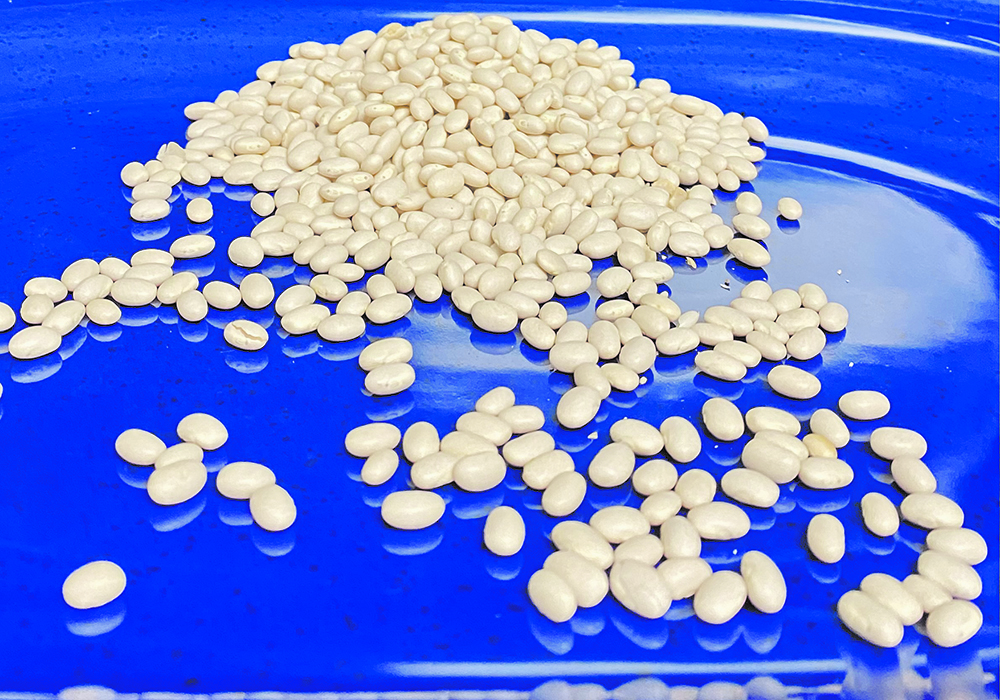Producers harvested a 30 percent smaller crop last year, but global demand remains buoyant, partly due to COVID-19
Demand for American dry beans is exceptionally strong despite the small crop, says an industry official.
Growers in the United States harvested 1.03 million tonnes of beans last year, down 30 percent from the previous year.
Mexico is the biggest market for U.S. beans and they were very active buyers in 2020-21 due to a small domestic crop. That same situation appears to be playing out again in 2021-22.
“It looks like a pretty bad year for Mexico,” Rebecca Bratter, executive director of the U.S. Dry Bean Council, said during the Northarvest Bean Day webinar.
Read Also

No special crop fireworks expected
farmers should not expect fireworks in the special crops market due to ample supplies.
The council is forecasting 650,000 tonnes of Mexican bean production, which would be similar to last year’s 682,000 tonnes but well below the historic average of 838,000 tonnes.
“When Mexico’s production is down our exports are up,” she said.
There is also hopeful news out of the European Union where a 25 percent import tariff has been suspended for at least one year as the EU makes progress on its aluminum and steel spat with the U.S.
The tariff is still in place in the United Kingdom but there are signs that it too is willing to kickstart negotiations with the U.S.
“We really need that so we can capture that lost market share,” said Bratter.
In the meantime, several smaller markets like Costa Rica, Guatemala, Peru and Japan have been greatly increasing their purchases of U.S. beans.
“That really adds up,” she said.
The U.S. exported 437,745 tonnes of beans to all markets between January and October of 2021, compared to 382,624 tonnes the same period a year ago.
The COVID pandemic was responsible for some of that increase as people around the world scrambled to stock their pantries.
But Bratter attributes it more to the renewed interest in healthy eating, the rise in the vegan movement and a global focus on sustainability.
“Beans have a wide-open lane. I’m very excited about that,” she said.
The Dominican Republic is another big buyer of U.S. beans and it is now a tariff and quota-free market.
Bratter is also quite excited about the Chinese market. China used to be a big exporter of the crop but production is falling in that country and it has become a net importer of beans.
“They are very interested in U.S. dry beans,” she said.
China’s absence in other export markets is creating another opportunity for the U.S. to step in and gobble up that market share.
But it’s not all sunshine and lollipops in the bean market. There are new obstacles arising, such as the growing anti-globalization trend sparked by COVID.
“We’ve really seen a lot of countries around the world start to turn a lot more inward and talk a lot more about self-sufficiency,” said Bratter.
And more countries around the world are also talking about shifting to zero tolerance maximum residue limits (MRLs) for various pesticides.
The council has received a government grant to work on the MRL issue and is lobbying the EU and Mexico to ensure those markets remain open to U.S. beans instead of being shut out due to technical barriers.
“That would be a massive disruption to trade,” said Bratter.
















